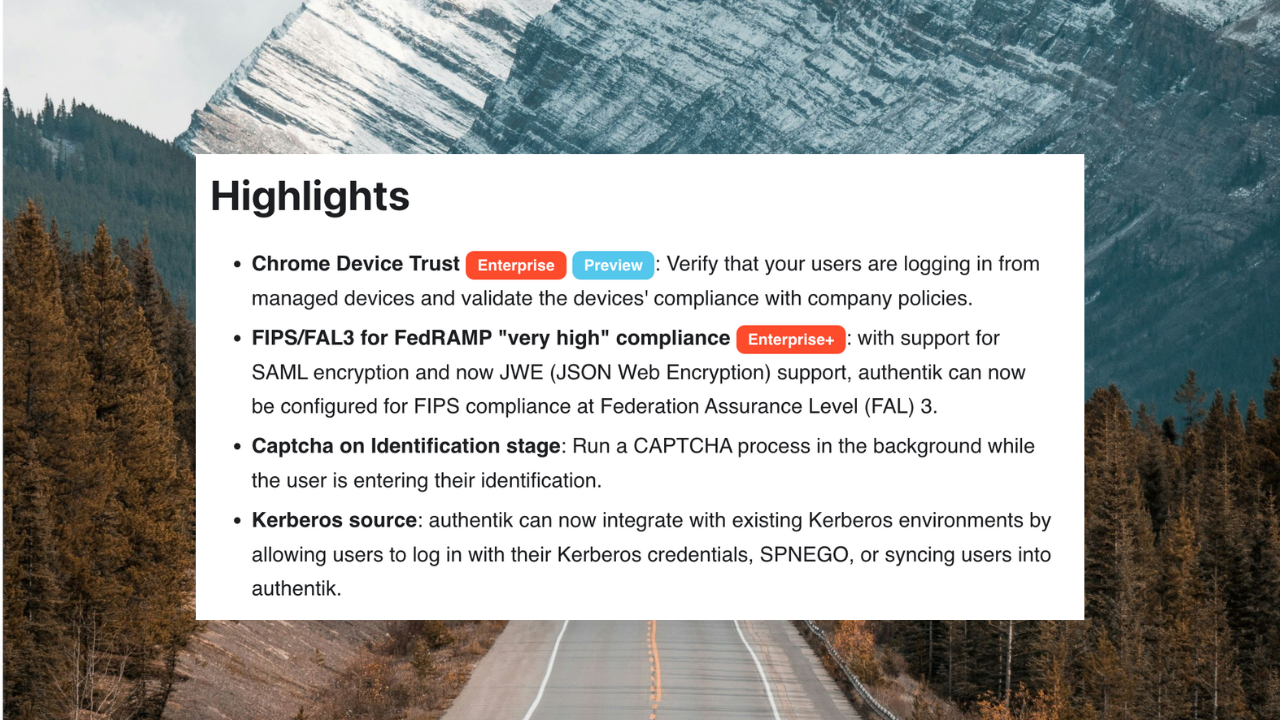authentik is an open source Identity Provider that unifies your identity needs into a single platform, replacing Okta, Active Directory, and auth0. Authentik Security is a public benefit company building on top of the open source project.
In January of 2024, a well-known open-source maintainer wrote the following message to a contributor: “You copied that function without understanding why it does what it does, and as a result your code IS GARBAGE. AGAIN.”
If you’ve been in open source long enough, you might recognize the tone of Linus Torvalds, creator and lead developer of the Linux kernel. Torvalds’ sometimes cruel messages aren’t rare (there’s a whole subreddit for these rants, after all). But in this case, the target – Google engineer Steven Rostedtstands – stands out.
If we put aside the substance of the disagreement, we can acknowledge that the tone can be intimidating – not so much to Rostedtstands, who can likely handle himself, but to onlookers who are curious about contributing. Not all of open source is like this, of course, but enough of it is like this (or close to this) that exchanges like these can make contributing to open source scarier than it needs to be.
How can a brand new contributor, much less a Google engineer, feel brave enough to contribute?
The initial temptation, for me and probably many open-source fans, is to tell new contributors it’ll all be fine. There are bad parts, we might say, but there are good parts, too. But this approach risks invalidating their fears.
In this article, I’m going to lay out five real reasons why contributing to open source can be scary for new contributors. Alongside those reasons, though, I’m going to provide five practical ways to face the fears and contribute anyway.







